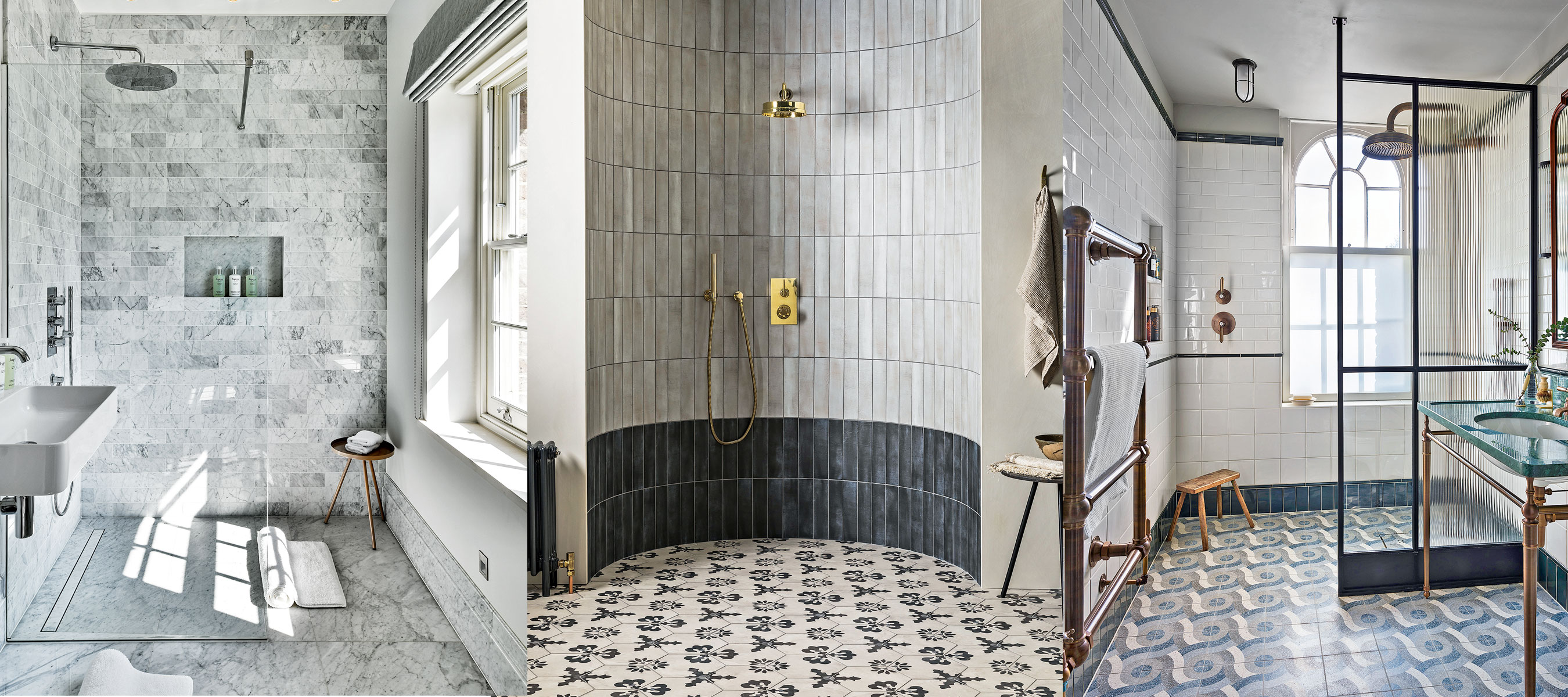Understanding the Cause of Wet Bathroom Floors: How To Dry Wet Bathroom Floor

You know that sinking feeling when you step into your bathroom and feel the dampness under your feet? It’s not just an inconvenience; it’s a sign that something’s wrong. Wet bathroom floors can be a real pain, and figuring out the cause is the first step to getting rid of the problem.
Common Causes of Wet Bathroom Floors
Wet bathroom floors can be caused by a variety of factors. Understanding the potential culprits is crucial for effective troubleshooting.
- Leaky Pipes: Leaky pipes are a common cause of wet bathroom floors. These leaks can be hidden behind walls or under floors, making them difficult to detect. Look for signs of water damage, such as peeling paint, warped wood, or a musty smell.
- Overflowing Tubs or Showers: A simple oversight like leaving the faucet running or forgetting to turn off the shower can lead to a flooded bathroom.
- Condensation: Condensation occurs when warm, moist air comes into contact with a cold surface, like a bathroom mirror or window. This moisture can drip onto the floor, creating a wet surface.
- Improper Ventilation: Poor ventilation can trap moisture in the bathroom, leading to condensation and a wet floor. This is especially common in bathrooms without exhaust fans or with fans that are not working properly.
Potential Consequences of a Wet Bathroom Floor
A wet bathroom floor is more than just a nuisance; it can pose serious risks to your health and home.
- Mold Growth: Mold thrives in damp environments. Wet bathroom floors provide the perfect breeding ground for mold, which can cause respiratory problems and allergies.
- Structural Damage: Prolonged exposure to moisture can damage the structure of your bathroom, leading to warping wood, rotting drywall, and even foundation problems.
- Safety Hazards: A wet bathroom floor can be slippery, increasing the risk of falls and injuries.
Tools and Materials Needed for Troubleshooting, How to dry wet bathroom floor
To effectively troubleshoot and address wet bathroom floor issues, you’ll need a few basic tools and materials.
- Flashlight: A flashlight is essential for inspecting hard-to-reach areas, such as behind walls or under sinks.
- Moisture Meter: A moisture meter can help you detect hidden leaks and assess the extent of water damage.
- Screwdriver: A screwdriver is necessary for removing access panels and inspecting pipes.
- Pliers: Pliers can be used to tighten loose pipes or fittings.
- Caulk Gun: A caulk gun is needed for sealing cracks and gaps around tubs, showers, and sinks.
- Caulk: Caulk is used to seal cracks and gaps, preventing water from seeping into walls or floors.
- Waterproof Sealant: Waterproof sealant can be used to protect surfaces from water damage.
